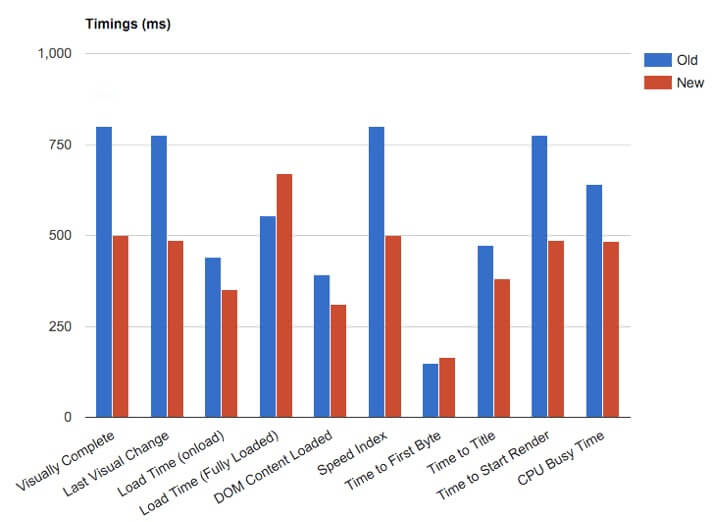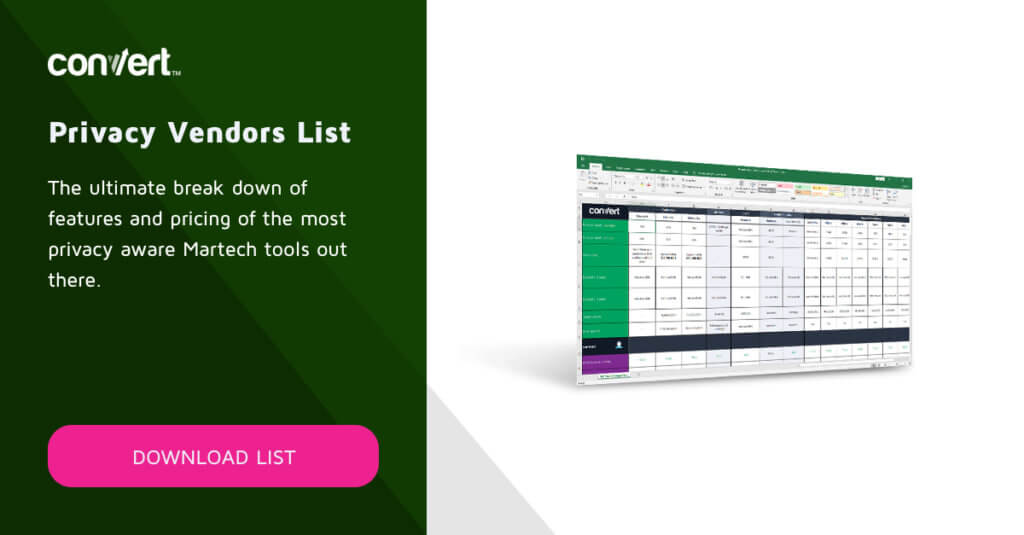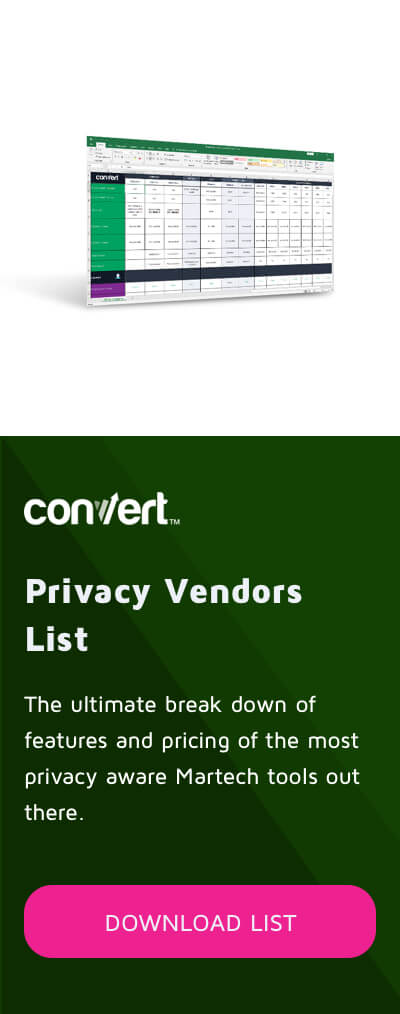How Does A/B Testing Impact Your Site Speed? Find Out Here
When an optimization agency researched how A/B testing tools impacted a website’s speed, it found lags. While most seemed perceptible to the end users, a few posed potent threats to a website’s user experience (at ~ 4 seconds!).
We, too, participated in the analysis — competing head to head with the likes of Optimizely & VWO among others — and made it to the top three. (We ranked better than these two actually!)
Check what Optimizely has been up to and how it stacks up against its competitors.
In the years following that research, we’ve worked on making fast faster. In fact, speed directs our development efforts as even minuscule improvements in our code’s performance impact the loading times of the thousands of websites that use us for serving experiments.
As an optimizer, you, too, should care about how you’re affecting your website performance by adding experimentation to your optimization mix.
Here are a few essentials to keep in mind.
A/B Testing Can Cost a Few Milliseconds
In an ideal world, running an A/B test or an experiment wouldn’t impact your website’s speed at all.
But that’s not the case.
Because when you use a third-party A/B testing solution provider like us, and when your users request pages you’re experimenting with, part of the request is served by our servers. This back and forth causes some lag.
Depending on the element you’re testing, this lag may be more or less perceivable to your users.
Let’s take two scenarios to understand this:
Suppose you’re testing your homepage’s headline or UVP.
This headline can be called a “hero” element as its loading is critical to your user’s experience with your website. The time it takes to show up directly impacts your user’s perceived “loading experience.”
It also adds to your website’s “Time to first paint” metric as it’s the time your website is taking before the main content appears.
If the experiment tool you use takes time to deliver this headline, your users will have a noticeably slower loading experience with your website.
Now, contrast this with an experiment you’re running on an element somewhere in the middle of your homepage. In this case, any lag caused due to delivering this experience will be barely discernible because it will most likely be available when the user goes through the hero area and scrolls down to that part of the page.
Perceptible or not, Convert Experiences or ANY OTHER A/B testing tool you use adds to your website’s loading speed.
That said, if your website is optimized for speed, going with a fast A/B testing solution like Convert Experiences and setting it up right will hardly make a difference to your website’s loading time. Which is to say, you WILL maintain your speediness and can continue working toward the “load under two seconds” target or any other ambitious speed goals.
Understanding the Real Impact of A/B Testing on Speed…
Singling out and understanding the impact of an A/B testing tool on speed can be tricky.
This is so because most website speed diagnostic tools like the Google Page Speed Test use different ways of measuring a website’s performance.
In short, it’s never as straightforward as:
X seconds before Convert Experiences and X.5 seconds after Convert Experiences.
Why?
Because we may relay data between your website and our servers and the integrations you use. For example, when a user completes a goal of your experiment, we’ll send that data to your Google Analytics account, if you use the Convert Experiences + Google Analytics integration — as your website loads. But the time we take for these doesn’t actually add to your website’s loading time. This is just us working in the background and not getting in the way of your users and your website.
A tool’s support team, and not diagnostic speed test tools, can best answer questions about a testing tool’s speed impact. Besides, you can get really close to realizing zero impact testing if you do a few things right.
Getting as Close to Zero Impact Testing as You Can
One thing that’s settled about speed as it relates to conversions, user experience, and SEO, is this:
Every millisecond counts.
You want to ensure that as you add yet another script to your website, you save even a millisecond’s worth of speed optimization.
Your choice of an A/B testing and experiences tool is critical here.
Going with an A/B testing solution that’s “present everywhere” 🌐
Because your experimentation service provider serves some part of the page you’re experimenting with, it’s important that it hosts the content it needs to serve close to where your users are.
This means your experimentation service provider’s servers that host this content must be close to your users.
Otherwise latency — or the time it takes a visitor to request your website and the server to serve it — can add many seconds to your website’s loading time.
Convert Experiences, for example, is powered by the Akamai CDN network. And via Akamai’s 260,000+ servers in more than a hundred and thirty countries, we’re close to where your users are. And that lets us serve your content to your users blazing fast, with the least latency.
Going with an A/B testing solution that prioritizes speed 🚀
No matter how fast a service technology like experimentation is, it can always do better. For instance, we weren’t always on the Akamai network. We re-engineered our solution to move to it (from Amazon Cloudfront) because we wanted to serve your experiments faster.
By switching to Akamai, we reduced a large number of DNS lookups when serving tests and saved tens of milliseconds of speed on each experience view:
Going with an A/B testing solution that supports an optimal setup ✔️
An optimal experimentation setup means your experiments always use lean snippets (that are placed just right), a limited number of goals, clean code, and logical execution of the elements being experimented with among other things.
Your solution, too, needs to be maintained. For example, routinely archiving non-active experiments (so that unnecessary server calls are avoided), ensuring proper caching settings (that enable faster delivery after the first load), managing media well (for speedy delivery) and more.
These things contribute a big deal to your loading time and your user’s experience and can spiral out of control easily.
That’s why we at Convert have our support and success teams on standby to help you get your experiments and tool configuration right so that your experiments deliver faster. We also have a lot of documentation on this.
The Cost to Pay for Breakout Success (and Continued Growth)
Given that few tactics are as effective as experimentation to increase your conversion rate (and keep improving it), you can’t avoid going for it because of speed concerns.
Besides, if you do it right, A/B testing or any form of experimentation won’t make your website slow. Sure, a small side effect exists… but that’s all it is.
Lightweight experimentation solutions like Convert Experiences help you further mitigate it by delivering your experiments in a flash, without adding multiple seconds to your website’s loading time and risking your SEO channel or frustrating your users. Ready to try it out? Sign up for a 15-day free trial.
Written By
Disha Sharma

Edited By
Carmen Apostu



